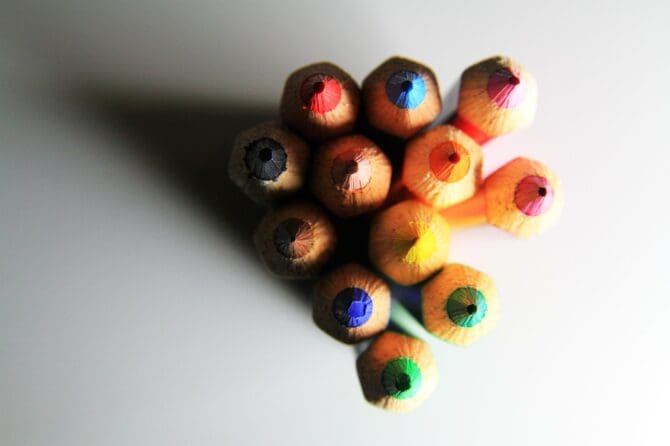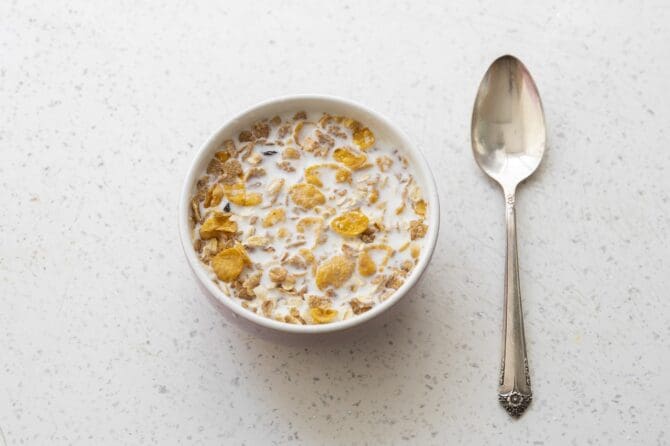It’s important to start teaching your child how to take care of their teeth as soon as possible. If you can instill good dental hygiene habits in them early on, they’ll carry those habits with them into adulthood.
For babies, you’ll have to brush their teeth carefully with a soft brush. Don’t use any toothpaste until your child is old enough to understand that it shouldn’t be swallowed. For most children, that awareness arrives around the age of two.
By the time children reach kindergarten age, they should be able to brush their teeth without adult supervision. However, if you make it fun, children will want to brush their teeth even at this young age.
Tooth decay and damage can be avoided by avoiding sugary snacks like lollipops and high sugar beverages. Instead, water is always the best choice for children of all ages.
Though it’s a fairly common practice, discourage your child from thumb sucking, which can lead to buck teeth and poor tooth alignment. Teach your child to keep his fingers out of his mouth, since this is one of the main ways that kids pick up germs.
If your child is very young, use a colorful chart to teach about good oral hygiene to help him understand and get into the habit of taking care of his teeth. You can use a blank calendar that has squares for every day of the week and let him put a check mark in the box every time he brushes his teeth. This way, he can see how often he should be brushing his teeth and he’ll get into the habit of taking care of his oral hygiene.
Kids should start learning about flossing as soon as they can hold the floss. They should floss every day. Regular dental visits should begin as soon as your child starts to have teeth. These visits can catch small problems before they become big problems.
When it comes to brushing teeth, the American Dental Association (ADA) recommends that children brush at least twice a day using fluoride toothpaste. If your child isn’t old enough yet to brush on his own, you can do it for him. First, brush the outside of the teeth from back to front. Then, switch to the back of the teeth. Make sure you also brush the tongue.
Regularly changing your child’s toothbrush – every twelve weeks or sooner if the bristles are damaged – is important. Also, the toothbrush should be changed after every illness, as the bristles can contain the germs that caused the infection. Avoid storing toothbrushes in covered containers, as this creates an environment where germs can thrive.











